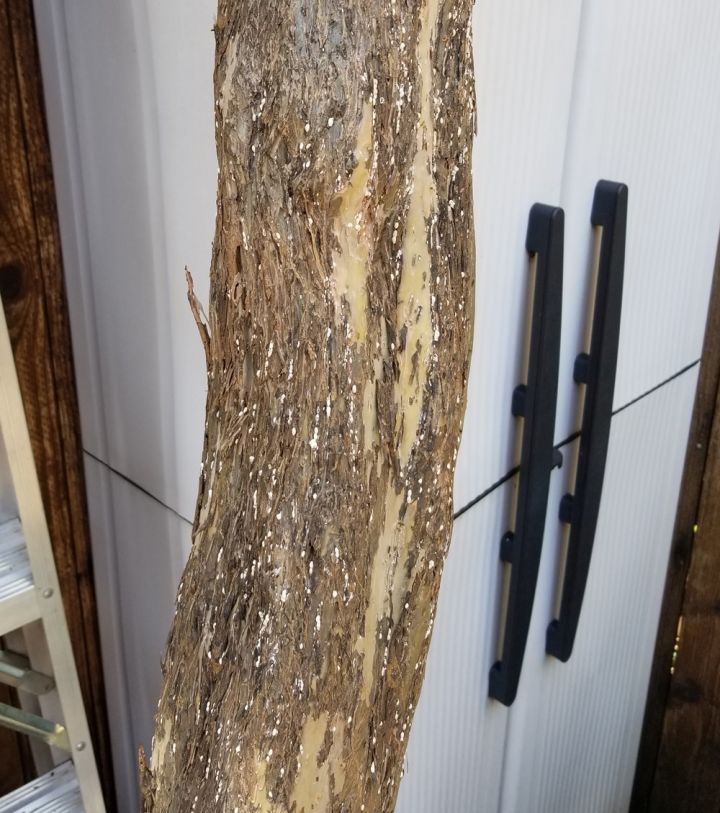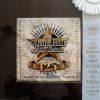Are Scale Insects Killing Your Plants?
December 20, 2018 | By webadmin
Scale insects are one of the most difficult landscape and houseplant insect pests to control. If you’ve ever wondered what exactly these creatures are and how to treat them, we break down the sale basics here.
Generally, scale insects can be divided into two groups, armored and soft scale. Not only do the two types vary in size, they also feed differently on plant tissues.
Armored Scale
Armored secrete a hard, protective covering over their body to seal themselves to branches. Hence, the “armor”. This armor is called a test. Armored scale are such an interesting insect because they almost never move throughout most of their life cycle. The young insects, called crawlers will move about, but once they begin to mature and develop their test, they “stick” is one place on a plant to feed on plant tissue.
Soft Scale
Soft scale differs from armored scale in a few important ways: they don’t have a hard armor, they are larger than armored scale, and they feed differently. Soft soft scale sucks directly on plant juices from the vascular system, then secrete a honeydew like substance, which in turn ends up feeding sooty mold on plants.

Hollies are a favorite target of many species of scale.
Some of the most common scale insects that we battle in the Dallas-Fort Worth area are:
CMBS
Crape Myrtle Bark Scale is one of the most common types of scale insect in North Texas. They are also very easy to distinguish from other types of scale. They are fuzzy white or grey, and about 1/10th of an inch long. The most distinguishing feature is – when poked – CMBS bleeds a pink liquid.

CMBS on crape myrtle bark.
Cottony Camellia Scale
A scale insect that attacks holly, yew, and camellia plants is called cottony camellia scale. It is a soft scale that in yellowish tan in color with a brown margin, 1/8” long. Their egg masses are very distinguishable – white cottony masses on the undersides of leaves.
Tea Scale
Another type of scale that attacks hollies and camellia, along with citrus trees, is tea scale. This armored type of scale is brown in color and is not an easy to identify, especially because it lives on the undersides of leaves.
How do I identify a scale infestation?
Since scale insects can be difficult to identify, you may look for these signs and symptoms on your plants.
- Leaves turning yellow and dropping prematurely
- Poor and stunted new growth
- Bumps on plant stems and the underside of leaves that look like shells
- Black sooty mold
- An increase in ant populations that are attracted to the honeydew excreted by soft scale
How and when do I treat for scale insects?
The perfect time to treat for scale is in the late-winter. During this time, the immature scale insects (called crawlers) are on the move. This in the only time they are mobile for armored scale, and therefore much easier and susceptible to pesticide treatments. We suggest dormant or horticultural oil treatments that smother the young insects. Thorough coating of leaves and branches (especially the undersides) is important for best results.
If you suspect you have scale insects, or would like to add horticultural oil treatments to your maintenance plan, give us a call for help!
